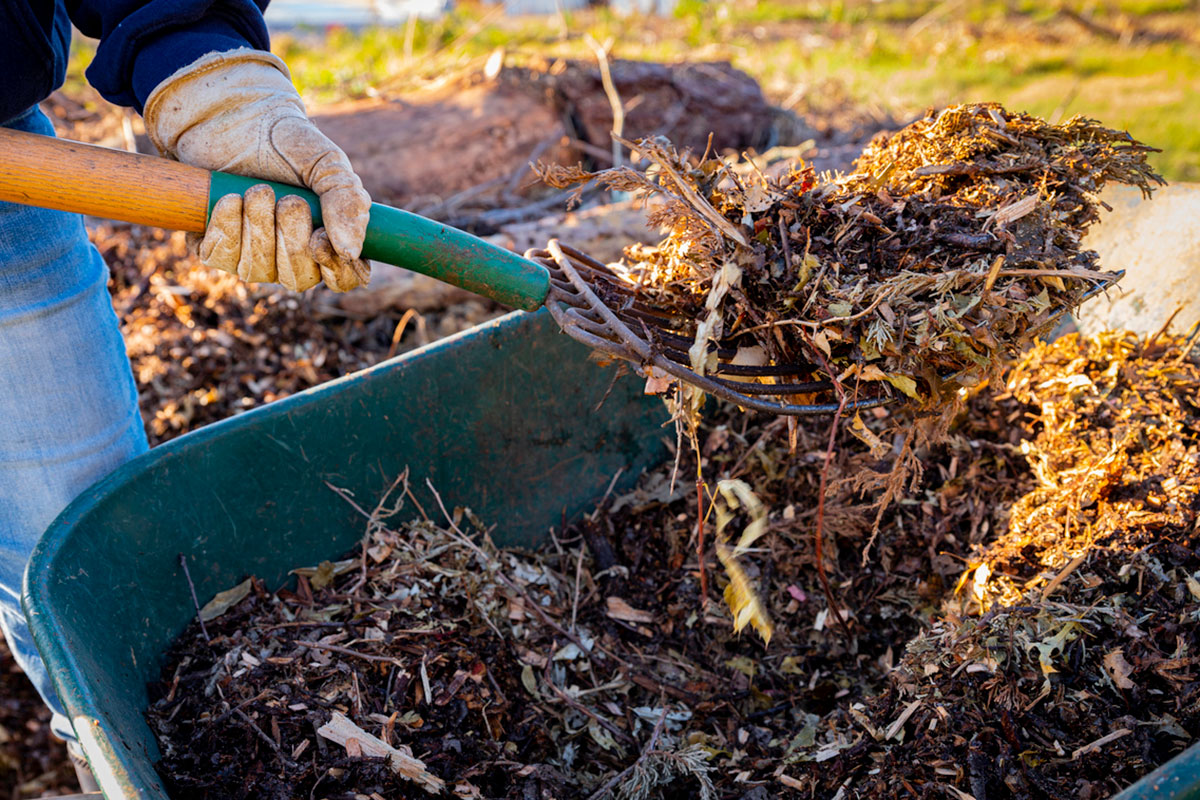We may earn revenue from the products available on this page and participate in affiliate programs. Learn More ›
Think you need a green thumb and a backyard to grow your own food? Think again. It’s possible, no matter your grasp of gardening or space limitations—all you really need is some basic plant knowledge, a little planning, and a few key tools and materials. Bob Vila’s library of expert gardening articles and advice has all of the information you need to cultivate a productive plot. Here you’ll find a collection of thorough guides that will walk you through crucial steps in the gardening process such as testing and amending soil; plus pro canning tips from our sister site Saveur for preserving homegrown produce.
A DIY food supply will certainly take more time and effort than running to the grocery store, but that’s part of what makes learning this skill so great. You’ll work with your hands, connect with nature, and truly understand where your food comes from.
Whether you intend to simply boost your household’s healthy snack options or stock your pantry with jars of goodies to eat throughout the year, read on to learn how to grow your own food.
Botanical Basics
Most plants have a set of fundamental needs that must be met in order to thrive: a growing medium, nutrients, water, and sunlight. Provide the specific plants you choose to grow with their essentials, and you’ll be successful. This basic understanding will also set you up for advancement as a gardener, so you can tackle bigger and more challenging projects down the road.

Plan Your Plot
Though a large backyard that receives 6 to 8 hours of sunlight a day is ideal for starting an edible garden, it’s not a requirement. A raised bed or a balcony with containers will suffice, as will a slice of any room indoors. The key to success, as mentioned above, is simply providing what the plants need—naturally and/or artificially—in the right amounts at the right time.
Before you order seeds (which you should do now, for best selection), look up your USDA hardiness zone, which will help you gauge your first and last frost dates, and the veggies that will grow best in your area. Finally, take stock of your gardening space: How many plants can you reasonably grow? Once you know how long your growing season is and how much room you have to work with, consider the following expert recommendations to guide your plant selection.
For future reference, it’s also helpful to document your food-growing process from beginning to end. As with learning any new skill, there will be room for improvement, and you’ll be happy to have detailed notes of what you planted, which amendments you added to the soil, whether you opted for quick- or slow-release fertilizer, etc. This information and your observations will help guide your decisions next year, so be sure to keep a paper or digital journal on hand as you put your plans into motion.
Preseason Prep
After deciding what to grow and where, the next step is to lay the groundwork for meeting the needs of the plants you’ll soon plant—much of which can and should be done well before the prime growing season. For a traditional outdoor vegetable patch, that starts with a soil test. From there, the following tips and tutorials will help you cultivate the perfect growing medium.

All You Need to Know About Soil Types
Best Potting Mix for Vegetables
At this stage, a few tools will come in handy. Start with these essentials, and then add to your collection as your gardening skills progress: work gloves, garden fork, garden trowel, watering can, pruning shears.
Plant and Tend
It’s easy enough to purchase established young plants (aka seedlings) from a local retailer, but you’ll learn a lot more about gardening by starting plants from seed yourself. Just be sure to plan ahead, as some varieties require more time to germinate and mature than others. In that case, learning how to start seeds indoors and how to harden off plants when it’s time to move them outside are easy projects for new gardeners. Seed-starting mix, grow lights, and seedling heat mats will help get your seedlings off to a good start. For fast-growing vegetables and fruits, it’s better to sow seeds directly in the garden. Once planted, regular watering and weeding become increasingly important, and the following guides will set you up for success.

Feed Your Food
As plants grow and take up nutrients from the soil, it’s important to replenish what they need to feed themselves throughout the growing season. But figuring out which fertilizers to use in the right amounts and when can be intimidating for beginners. Getting to know fertilizer numbers is the first step. For edible gardens, organic plant food is preferred—and nontoxic pest control is a must.
How to Read Fertilizer Numbers
All You Need to Know About Insecticidal Soap
Harvest and Preserve
There’s no denying that harvest time is the best part of growing your own food. You get to reap the rewards of your hard work! And plants will thank you for timely pruning and harvesting by continuing to produce throughout the season. If you can’t consume it all fresh, canning is a great way to preserve your surplus fruits and vegetables. Classic water-bath canning is simple, requires minimal supplies, and will ensure your preserved foods are safely sterilized. The most important factor, according to Saveur, is that the center of your filled jars reaches 212 degrees Fahrenheit. As your green thumb grows and your garden gets bigger, be sure to also consider donating your surplus produce to local food banks.
Harvesting Herbs for Maximum Yield
Your Guide to Water Bath Canning



